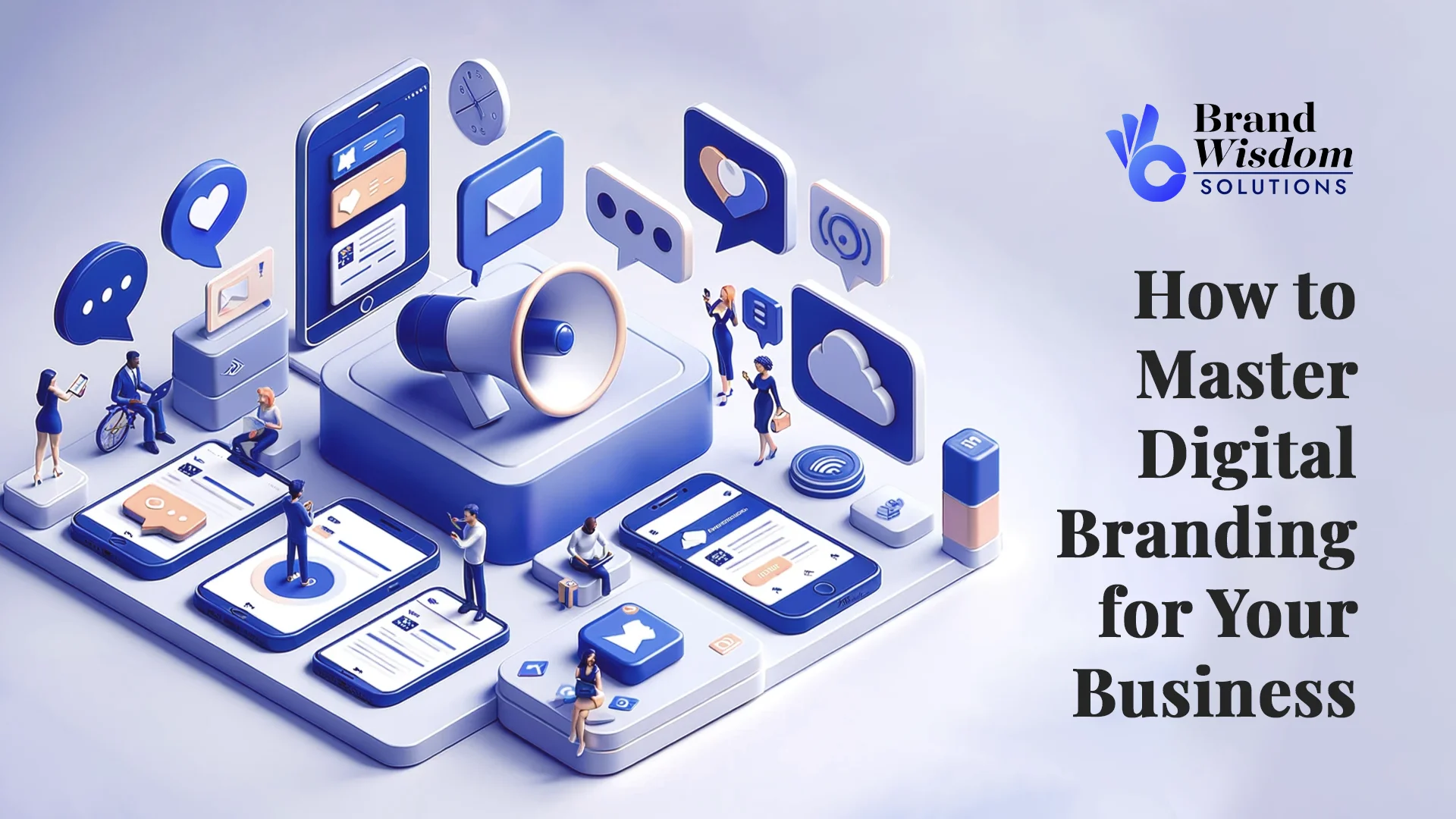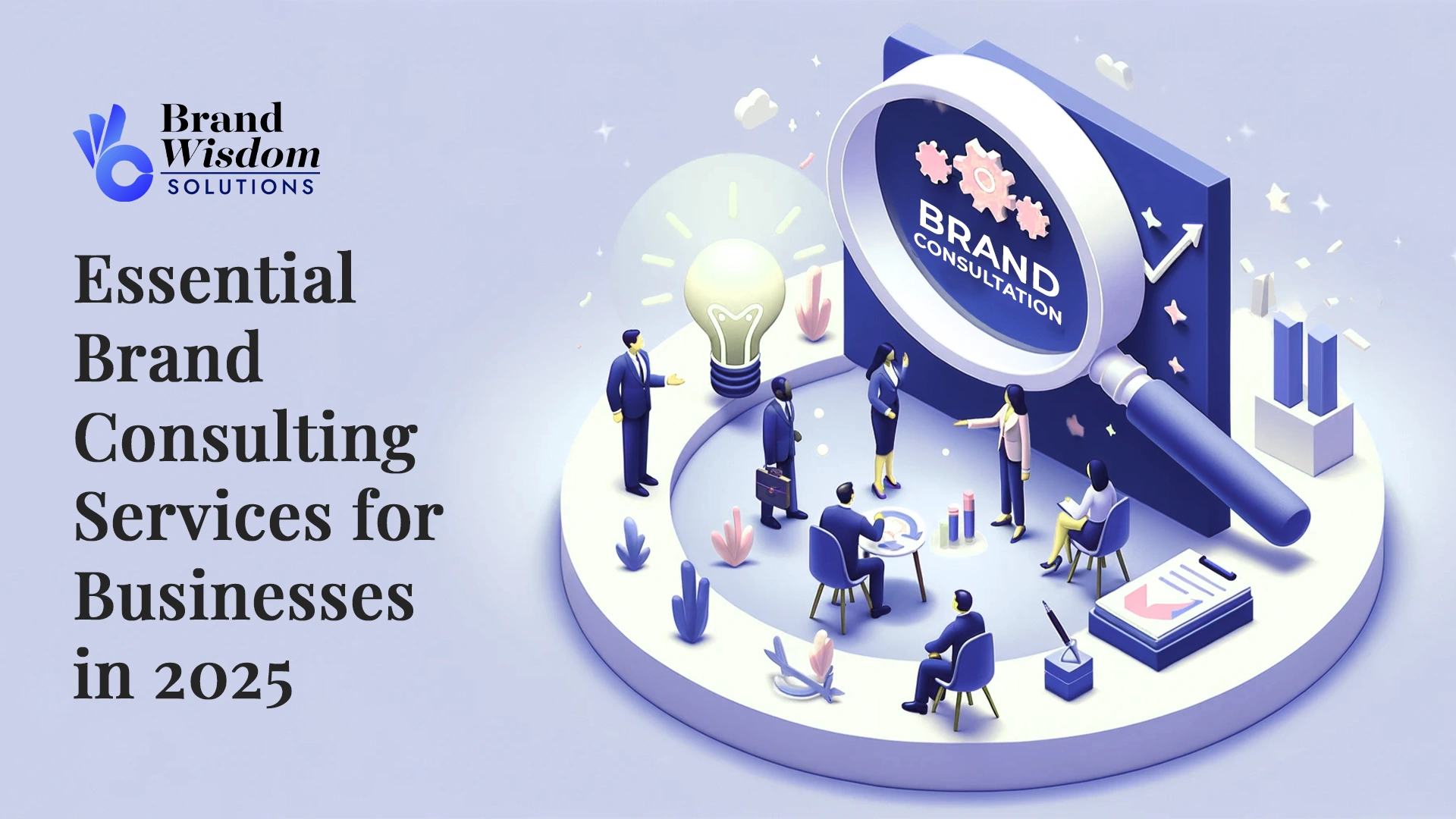Introduction
With the accelerating pace of today’s competitive market, strong brand identity is no longer an option; it’s a necessity. A well-crafted brand identity not only gives you that much-needed edge over competitors but also engrains in your audience minds for a longer period.
But what exactly is brand identity? Simply put, it’s the collection of visual, verbal, and emotional attributes that define how your brand is perceived by the world.
To succeed, your brand identity needs to be more than just a logo or a catchy tagline—it must reflect your values, connect with your audience, and deliver a promise that resonates. In this article, we’ll be looking at the seven key elements of strong brand identity and how you can develop them to heighten your brand and thrive in today’s marketplace.
Ready to dive in? Let’s start crafting your brand’s legacy.
1. Establish a Clear Purpose

Every strong brand identity begins with a clear purpose. Your brand purpose is the reason your business exists beyond making a profit. It defines the “why” behind your company and serves as a guiding light for decision-making, strategies, and interactions.
Think of your brand purpose as the emotional connection you create with your audience.
Why Purpose Matters
A clear purpose provides direction and inspires trust among customers. It helps you remain authentic and consistent, which are crucial for building long-term loyalty.
Actionable Tips
- Identify what drives your business beyond sales. Is it innovation, community impact, or solving a pressing problem?
- Align your purpose with your brand values and communicate it through your messaging, visuals, and culture.
- Avoid being generic. A vague purpose can dilute your brand’s impact.
2. Understand Your Target Audience

Your brand identity isn’t just about who you are—it’s also about who you serve. Understanding your target audience is fundamental to creating an identity that resonates and connects. Without a clear picture of your audience, your messaging, design, and strategy might miss the mark.
Why Knowing Your Audience Matters
When you deeply understand your audience, you can craft a brand that feels tailor-made for them. Knowing their pain points, desires, and values allows you to position your brand as a solution and build trust.
How to Research and Identify Your Audience
- Surveys and Interviews: Speak directly to customers and prospects to understand their preferences and challenges.
- Data Analysis: Leverage tools like Google Analytics or social media insights to identify demographics and behaviour patterns.
- Competitor Analysis: Observe how your competitors engage with their audience and find gaps you can fill.
Audience Insights Shape Brand Identity
Once you know your audience, use that knowledge to guide your branding. For instance, a youthful, tech-savvy demographic might prefer a vibrant visual identity and casual tone, while a corporate audience might value professionalism and clarity.
3. Develop a Unique Value Proposition (UVP)

In a crowded marketplace, your brand needs a reason for customers to choose you over your competitors. That’s where your Unique Value Proposition (UVP) comes in.
What is a UVP?
Your UVP is a clear statement that explains how your brand solves a specific problem, delivers distinct benefits, or provides value that no one else can. It’s your brand’s competitive edge, encapsulated in a few compelling sentences.
Why a UVP is Essential
A strong UVP serves as the foundation for all your messaging and marketing efforts. It highlights your strengths and communicates the unique benefits your brand offers. Without it, your audience might struggle to see why they should invest in your products or services.
Tips for Crafting Your UVP
- Know Your Strengths: Identify what makes your brand different—whether it’s exceptional quality, innovative technology, or outstanding customer service.
- Focus on the Audience: Articulate the specific benefits that address your target audience’s needs and desires.
- Keep It Clear and Concise: Avoid jargon or lengthy explanations. A UVP should be punchy and memorable.
Example
Take Apple’s UVP: “Think Different.” This simple yet powerful phrase encapsulates their commitment to innovation and individuality, making it clear what sets them apart from competitors.
4. Create a Consistent Brand Voice and Messaging

Your brand voice is the personality your brand projects through words. It reflects your values, connects with your audience, and ensures consistency across all communication channels.
Why Brand Voice Matters
A consistent voice builds trust and makes your brand instantly recognisable. Whether it’s a tweet, an email, or an advertisement, your audience should feel like they’re interacting with the same entity.
How to Develop Your Brand Voice
| Identify Your Personality | Decide whether your brand is playful, authoritative, professional, or empathetic. |
| Understand Your Audience | Align your tone with the preferences of your target demographic. For example, a tech-savvy audience might appreciate humour, while a corporate audience might prefer formality. |
| Create Brand Voice Guidelines | Document examples of how to use your tone in different scenarios. |
Messaging Consistency Across Channels
Your brand messaging should stay cohesive, regardless of the platform. Use the same tone and key messages in social media posts, website content, customer emails, and ads.
Actionable Tips
- Use tools like Grammarly or style guides to maintain consistency.
- Regularly review your communications to ensure they align with your brand’s voice.
- Train your team to understand and embody the brand voice.
5. Design a Memorable Visual Identity

A strong visual identity is the face of your brand. It’s what makes your brand recognisable at a glance, whether it’s a logo, a colour palette, or typography.
Key Components of Visual Identity
Logo | The cornerstone of your visual identity. A good logo is simple, scalable, and aligns with your brand’s values. |
Colour Palette | Colours evoke emotions and create associations. Choose a palette that represents your brand personality—think bold and energetic for innovation, or calm and neutral for professionalism. |
Typography | The fonts you use contribute to your brand’s tone. Clean, modern fonts convey clarity, while decorative fonts might add a playful touch. |
| Imagery and Iconography | Use visuals that resonate with your audience and reflect your brand’s story. |
Best Practices for Visual Identity
- Ensure every visual element aligns with your brand’s purpose and personality.
- Maintain consistency across all materials, from business cards to social media posts.
- Keep your designs simple but impactful—avoid clutter.
6. Build a Strong Online Presence

In today’s digital-first world, your online presence is the heartbeat of your brand. A strong digital footprint ensures your brand is accessible, engaging, and memorable to your audience.
Key Elements of a Robust Online Presence
- Website Design: Your website is typically the first impression of your brand. It needs therefore to be pleasingly visual, responsive, and user-friendly on a mobile device.
- Social media engagement: From Instagram, or even LinkedIn, or from TikTok, you get a direct shortcut to the audience, a story about your brand, and make it personal.
- Search Engine Optimization, or SEO: Ensure that your content can be found using appropriate keywords-such as “brand identity”-and that it retains quality backlinks.
- Online Customer Service: Quick and helpful responses to questions can significantly bolster your brand’s reputation.
Strategies for Maintaining an Engaging Online Presence
- Post regularly: Share useful and relevant content routinely to keep your audience interested.
- Leverage analytics: Use tools like Google Analytics or insights from social media to see what is working and improve it.
- Encourage End User-Generated Content: Include customers’ reviews, testimonials, and shared photos.
7. Foster Customer Relationships and Feedback

Your brand identity isn’t just what you say—it’s how customers feel about you. Building meaningful relationships with your customers and incorporating their feedback strengthens loyalty and reinforces your brand’s reputation.
Why Relationships Matter
Satisfied customers are more likely to become brand advocates, spreading positive word-of-mouth and driving organic growth. A strong emotional connection can differentiate your brand in a crowded market and encourage long-term loyalty.
How to Gather and Utilise Customer Feedback
- Conduct Surveys: Ask your customers about their experiences and preferences through email or social media polls.
- Monitor Social Media: Stay attentive to mentions, reviews, and direct messages to gain real-time insights.
- Create Feedback Loops: Use feedback to continuously refine your products, services, and messaging.
Building Loyalty Through Experiences
- Personalized Interactions: Use data to tailor your communications and offers to individual preferences.
- Reward Programs: Implement loyalty programs that incentivise repeat purchases and engagement.
- Community Building: Create spaces for customers to interact with your brand and each other, such as online forums or exclusive events.
Example
Starbucks excels in fostering customer relationships. Their rewards app, community-driven campaigns, and active engagement on social media make customers feel valued and connected to the brand.
Conclusion
Crafting a strong brand identity is not just about visuals; it’s about creating a meaningful connection with your audience. By focusing on these seven essential elements, you lay the foundation for a brand that’s both impactful and enduring.
Building a standout brand takes thoughtful strategy and deliberate action. Take the time to assess your current identity and uncover opportunities to grow stronger.
Looking for expert guidance?
Brand Wisdom Solutions is here to help you refine and elevate your brand identity. Let’s create something extraordinary together—get in touch today!





